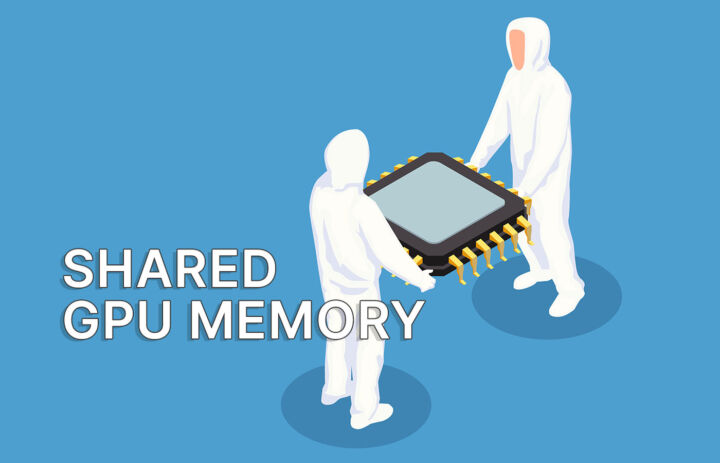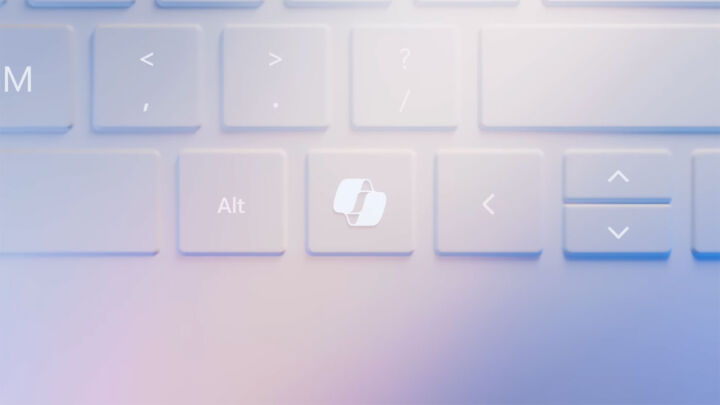- Learn what speeds you can expect from WiFi 7 and some of the features known at this moment.
- Intel is pushing for the release of the WiFi 7 wireless standard, known also as 802.11be.
- First devices are expected for the end of 2024, with mass adoption starting in 2025.

We’ve just got used to WiFi 6E and it looks like Intel is pushing hard for the release of the next iteration of wireless connectivity: WiFi 7.
If you thought that WiFi 6E is fast, increasing speed from 2 Gbps to 2.6 Gbps per stream, WiFi 7 looks like a rocket thanks to its 5.8 Gbps projected speed over the same 6 GHz spectrum.
This is more than double, thanks to the increase of frequency bandwidth from 170 Mhz to 320 Mhz.
With more than a year left until the official release, Intel is hoping FCC will open the 7 Ghz bandwidth, which could increase speeds even further. It also means right now the standard, codenamed 802.11be, is far from final, so things could potentially change until the official adoption of this standard by the Wi-Fi Alliance, the body that governs wireless standards.
The first devices could arrive in late 2024. I’m assuming laptops will be the first ones to use this new standard, together with wireless routers, followed by mobile phones. It’s just my speculation, of course, but I took inspiration from the past.
Major markets will probably see an influx of devices in 2025, with the rest of the markets following in the next years.
It’s unclear what other benefits Wi-Fi 7 will offer since Wi-Fi 6 focused also on network throughput when multiple devices occupy the same wireless spectrum. With more and more wireless devices in homes, airwaves are becoming really crowded, which reduces overall speeds greatly.
I own a WiFi 6 Mesh system and I’m constantly getting speeds approaching 1 Gbps. It’s more than enough for me right now, but that’s what I said about 100 Mbps 10 years ago.

I’m sure increasing wireless speeds will also push wired networking devices to use 2.5 Gbps and maybe 10 Gbps ports, in order to supply wireless routers with enough bandwidth for connected devices. The slower device in the chain will dictate the maximum speed, as always.
This is a problem today because WiFi 6 and 6E are already surpassing 1 Gbps home Internet connections. Take my example, I have a 1.8 Gbps fiber connection at home, but the best router the IPS provides only has a 1 Gbps WAN port.
Basically, I’m overpaying for a 1 Gbps connection to the Internet, and a faster wireless router can’t change that unless it comes with a 2.5 Gbps or faster WAN port.
I’m curious to hear your thoughts on WiFi 7, so leave a comment below. If you want to stay up-to-date with tech don’t forget to check out our news section. Struggling with WiFi and can’t wait for WiFi 7, check our tricks to boost WiFi signal.







